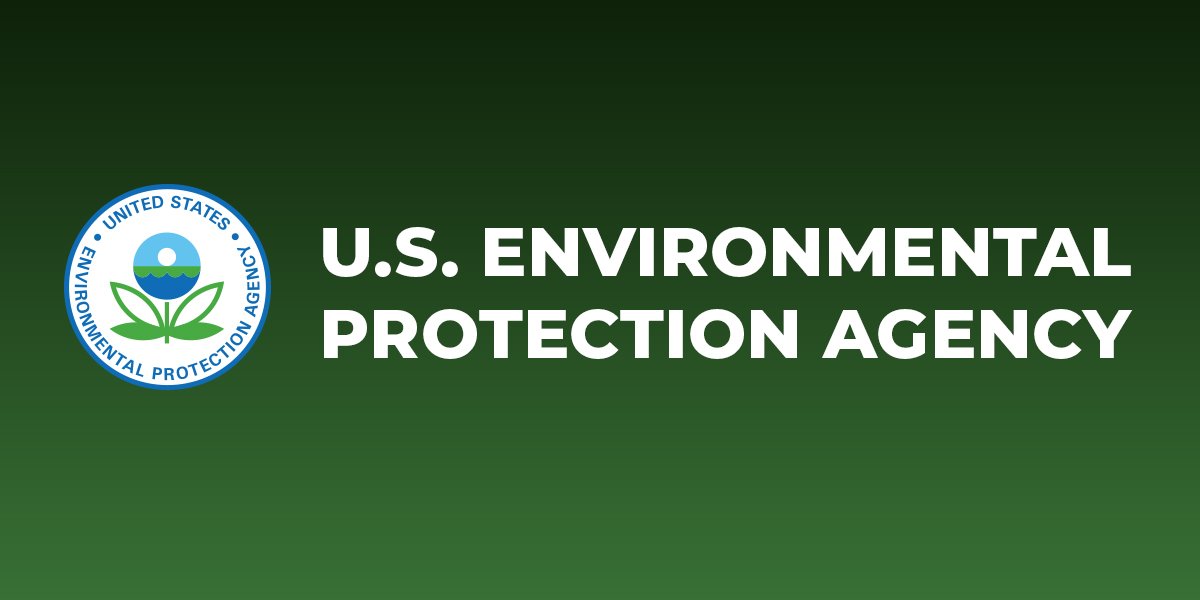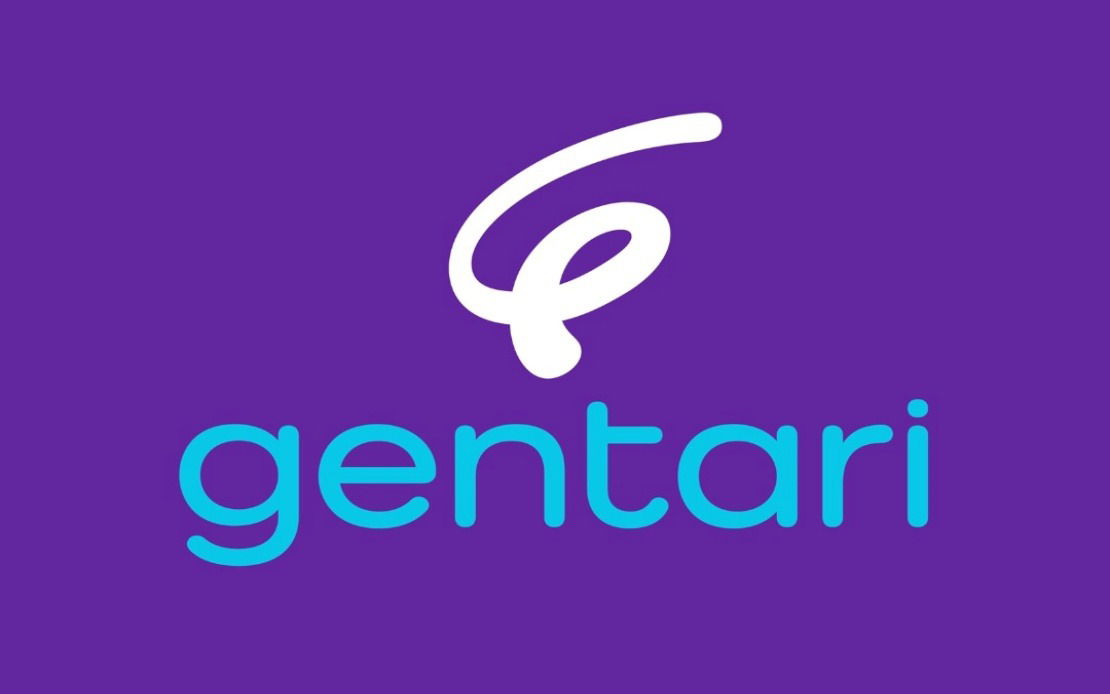Renewable energy projects play a vital role in combating climate change and transitioning to a sustainable energy future. However, these projects often face significant policy and regulatory challenges that hinder their development and implementation. In this article, we will explore the key policy and regulatory challenges in renewable energy projects and discuss potential strategies to address them effectively.
-k0its.jpg)
Introduction
The successful deployment of renewable energy projects requires a supportive policy and regulatory framework. Policies and regulations that provide clarity, stability, and incentives can create an enabling environment for investment and project development. However, several challenges persist, including inconsistent policies, complex permitting processes, grid integration issues, and inadequate incentives. Let's delve into these challenges and explore potential solutions.
Inconsistent Policies and Regulations
Lack of Clarity and Stability
One of the significant challenges faced by renewable energy projects is the lack of clarity and stability in policies and regulations. Inconsistent or constantly changing policies can create uncertainty for investors, making it difficult to plan and secure financing. Clear and stable policies that provide long-term visibility and align with renewable energy targets are crucial for attracting investments and fostering project development.
Policy Fragmentation
Policy fragmentation, where different jurisdictions or levels of government have varying policies and regulations, can complicate the development of renewable energy projects. Inconsistent approaches across regions or states can lead to a lack of harmonization and coordination, resulting in delays and additional costs. Greater collaboration and standardization among regulatory bodies and policymakers are necessary to streamline processes and create a cohesive policy landscape.
Complex Permitting Processes
Lengthy Approval Timelines
The permitting processes for renewable energy projects can be complex and time-consuming. Obtaining the necessary approvals from multiple regulatory authorities and addressing environmental and social impact assessments often prolong project development timelines. Streamlining and expediting permitting procedures, while ensuring thorough assessments, can help reduce delays and enhance project bankability.
Multiple Regulatory Authorities
Renewable energy projects often require approvals from multiple regulatory authorities, such as environmental agencies, grid operators, and local governments. Coordinating and obtaining consensus among these entities can be challenging, leading to delays and added administrative burden. Establishing streamlined processes and creating inter-agency coordination mechanisms can simplify the permitting process and improve efficiency.
Grid Integration Challenges
Limited Grid Capacity
The integration of renewable energy into existing power grids can be challenging due to limited grid capacity. In some cases, the local grid infrastructure may not have the capacity to absorb the generated renewable energy. Upgrading and expanding grid infrastructure to accommodate increased renewable energy generation is crucial for successful project implementation. Investment in grid infrastructure should be prioritized to facilitate the integration of renewable energy sources.
Lack of Interconnection Infrastructure
Interconnecting renewable energy projects with the existing transmission and distribution networks is essential for effective grid integration. However, the absence of adequate interconnection infrastructure can impede the transfer of renewable energy to end-users. Collaborative efforts between renewable energy project developers, grid operators, and policymakers are required to plan and invest in interconnection infrastructure, ensuring seamless integration of renewable energy into the grid.
Renewable Energy Certificates and Incentives
Importance of Renewable Energy Certificates
Renewable Energy Certificates (RECs) provide a mechanism to track and verify the renewable attributes of energy generation. They help create transparency and accountability in the renewable energy market. However, the establishment of robust REC frameworks and their effective implementation is crucial. Clear guidelines and standardized REC mechanisms can facilitate the trading and use of RECs, promoting renewable energy deployment.
Inadequate Incentive Schemes
Incentive schemes, such as feed-in tariffs, tax credits, and subsidies, play a significant role in attracting investment and stimulating renewable energy projects. However, inadequate or inconsistent incentive schemes can hinder project development. Governments should design comprehensive and long-term incentive structures that provide financial benefits for renewable energy projects. Predictable and sustainable incentives can attract private investments and foster renewable energy deployment.
International Collaboration and Harmonization
International collaboration and harmonization of policies and regulations can significantly benefit renewable energy projects. Sharing best practices, lessons learned, and technological advancements can help countries develop effective renewable energy strategies. Collaborative efforts can promote harmonization of policies, standardization of regulations, and facilitate knowledge transfer, creating a supportive global environment for renewable energy investments.
Conclusion
Addressing policy and regulatory challenges is crucial for accelerating the deployment of renewable energy projects. Consistency, stability, and clarity in policies, streamlined permitting processes, grid integration solutions, effective incentive schemes, and international collaboration are key strategies to overcome these challenges. By creating an enabling environment, we can unlock the full potential of renewable energy and drive the global transition to a sustainable and clean energy future.



